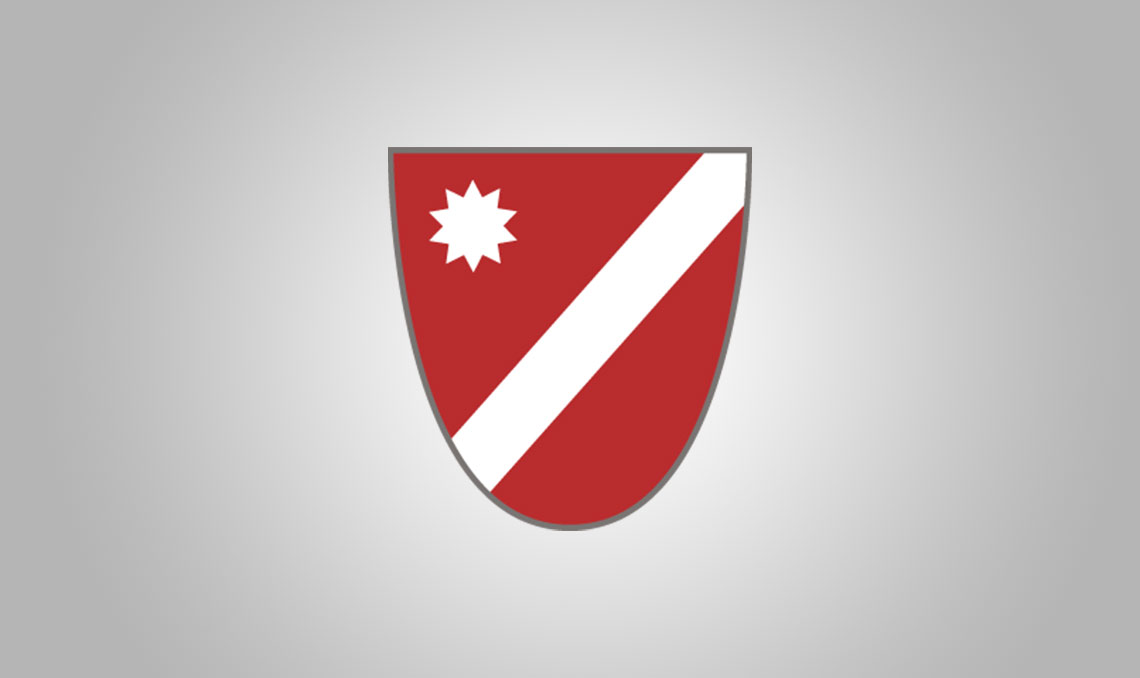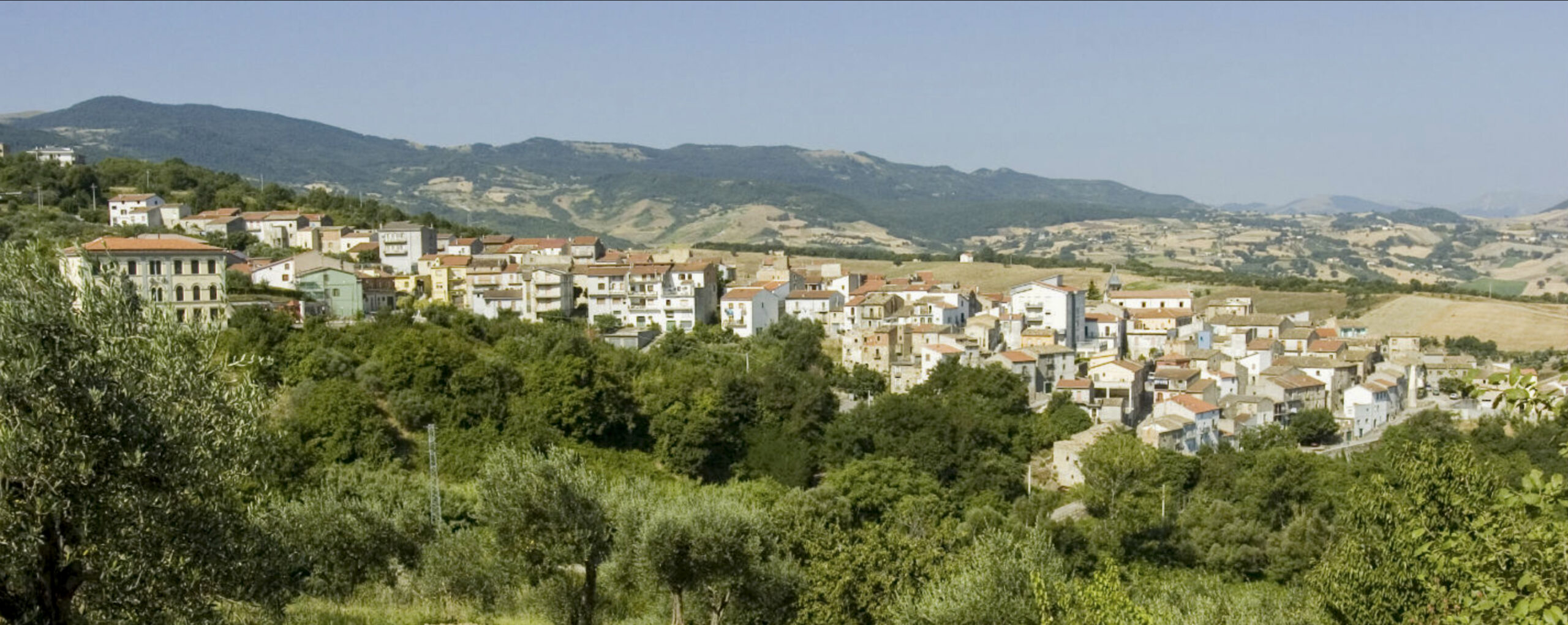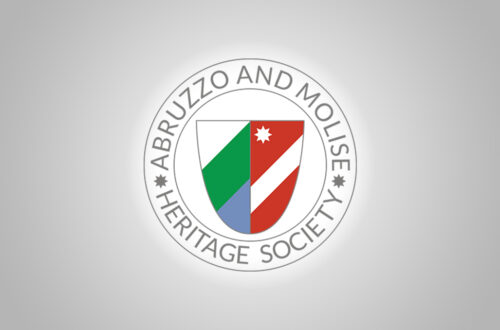
Acquaviva Collecroce

By Nancy DeSanti

Credit: e-borghi.com
Province of Campobasso, Region of Molise
The small town of Acquaviva Collecroce is located in the province of Campobasso, between the Biferno and Trignorivers. It has approximately 644 inhabitants, known as Acquavivesi. The town is known for the cultivation of small, dark zerniza figs, as well as fennel and white celery.
Acquaviva Collecroce is one of the three municipalities in Molise of Croatian origin (Montemitro and San Felice del Molise are the other two). The presence of Slavic peoples was first noted in the 16th century. They arrived in Italy at the same time as the Albanians, between the end of the 15th century and the beginning of the 16th century, coming perhaps from the valley of the Neretva River, in current Bosnia & Herzegovina and Croatia.
Most of the Molisani Croats speak a particular Croatian dialect (known as simply na-našo or naš jezik, meaning “our language”) as well as Italian. There are differences in the dialects of the three towns, but they all descend from the Shtokavian–Ikavian dialect of Dalmatia. Linguists consider the dialect to be an endangered diaspora language.
Earlier, in the 12th century, Acquaviva was a base for the Knights of Malta. Although there is evidence of an earlier Slavic settlement in 1297, it is believed that the current inhabitants are not their descendants, but rather come from later migrations in the 15th and 16th centuries. Historians think these migrations may have been caused by Ottoman incursions into the Balkans.
The presence of abundant fresh water had evidently determined both the choice of the site for the settlement and the name of the town Acquaviva, which subsequently added Collecroce to distinguish it from other towns in Italy with the same name.
The village has preserved some beautiful traditions of its Slavic heritage. On the first of May, there is the Festa del Maja, when a puppet (the pagliara maja) is carried along the alleys as a good omen for the harvest. A large straw basket, decorated with green fronds, fresh flowers, and first fruits, parades through the streets of the village bringing good wishes accompanied by songs and dances. At Christmas time, the Slavic custom of the Smarceka is repeated, when a torch is lit on a huge tree trunk near the door of the parish church.
Many of the town’s inhabitants emigrated in two flows during the 20th century. The first emigration took place between roughly 1900-1920, with the emigres heading towards the United States and Argentina. The second major flow took place in the 1950s, chiefly to Australia.
What to See
- A medieval stone, of unknown origin, with the famous “magical square” containing the five-letter words “Rotas Opera Tenet Arepo Sator”, can be read right to left, left to right, top to bottom, and bottom to top.
- Santa Giusta is an ancient church that was the refuge of Abruzzese shepherds.
Important Dates
- May 1 — Festa del Maja
- September 29 — Feast of St. Michael the Archangel
Italiano

Tradotto da Ennio Di Tullio
Provincia di Campobasso, Regione Molise
Il piccolo comune di Acquaviva Collecroce si trova in provincia di Campobasso, tra i fiumi Biferno e Trigno. Conta circa 644 abitanti, detti Acquavivesi. Il paese è noto per la coltivazione di fichi piccoli, neri zerniza, oltre a finocchi e sedani bianchi.
Acquaviva Collecroce è uno dei tre comuni molisani di origine croata (Montemitro e San Felice del Molise sono gli altri due). La presenza di popoli slavi fu notata per la prima volta nel XVI secolo. Arrivarono in Italia contemporaneamente agli albanesi, tra la fine del XV secolo e l’inizio del XVI secolo, provenienti forse dalla valle del fiume Neretva, nell’attuale Bosnia ed Erzegovina e Croazia.
La maggior parte dei croati molisani parla un particolare dialetto croato (noto semplicemente na-našo o naš jezik, che significa “la nostra lingua”) oltre all’italiano. Ci sono differenze nei dialetti delle tre città, ma tutti discendono dal dialetto stocavo-icavo della Dalmazia. I linguisti considerano il dialetto una lingua della diaspora in via di estinzione.
In precedenza, nel XII secolo, Acquaviva era una base per i Cavalieri di Malta. Sebbene ci siano prove di un precedente insediamento slavo nel 1297, si ritiene che gli attuali abitanti non siano i loro discendenti, ma piuttosto provengono da migrazioni successive nel XV e XVI secolo. Gli storici pensano che queste migrazioni possano essere state causate dalle incursioni ottomane nei Balcani.
La presenza di abbondanta fresca acqua aveva evidentemente determinato sia la scelta del sito per l’insediamento, sia il nome del paese Acquaviva, al quale successivamente si aggiunse Collecroce per distinguerlo da altri paesi in Italia con lo stesso nome.
Il paese conserva alcune belle tradizioni del suo retaggio slavo. Il primo Maggio, si svolge la Festa del Maja, quando un fantoccio (la pagliara maja) viene portato lungo i vicoli come buon auspicio per il raccolto. Un grande cesto di paglia addobbato con fronde verdi, fiori freschi, e primizie sfila per le vie del paese portando gli auguri accompagnato da canti e balli nel periodo natalizio si ripete l’usanza slava della Smarceka, quando si accende una torcia su un enorme tronco d’albero vicino alla porta della chiesa parrocchiale.
Molti degli abitanti della città sono emigrati in due flussi nel corso del XX secolo. La prima emigrazione è avvenuta all’incirca tra il 1900 e il 1920, con gli emigrati diretti verso gli Stati Uniti e l’Argentina. Il secondo grande flusso ebbe luogo negli anni ’50, principalmente in Australia.
Le attrazioni del luogo:
- Una pietra medievale, di origine sconosciuta, con il famoso “quadrato magico” contenente le parole di Una pietra medievale, di origine sconosciuta, con il famoso “quadrato magico” contenente le parole di cinque lettere “Rotas Opera Tenet Arepo Sator”, possono essere lette da destra a sinistra, da sinistra a destra, dall’alto in basso, e dal basso a superiore.
- Santa Giusta è antica chiesa che fu rifugio dei pastori abruzzesi.
Date da ricordare:
- 1 maggio — Festa del Maja
- 29 septembre — Festa di San Michele Arcangelo
May/June 2023





